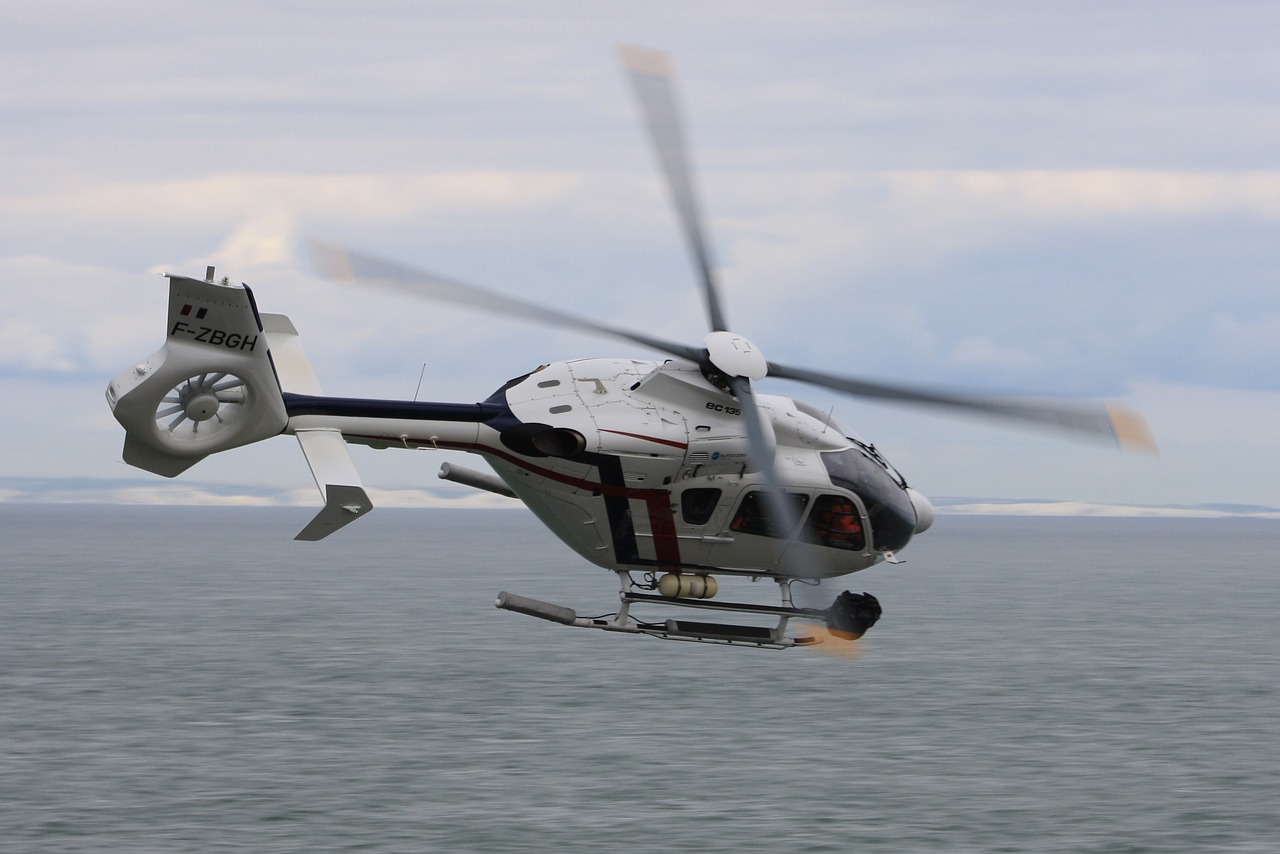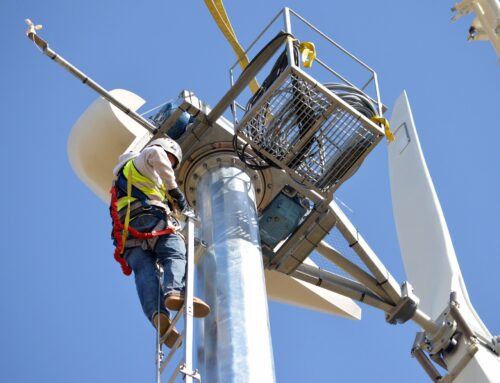Inspecting helicopter rotor blades comes with challenges as blades are manufactured with different internal and external materials. However, the early detection of defects such as fatigue cracks means the difference between life and death for helicopter operators and passengers, as has been evidenced by several helicopter crashes in recent years. November 2011 saw a fatal helicopter crash in Ontario, Canada caused by blade defects that had been present since the blade was manufactured. Several of the rotor blades on the Bell 206L helicopter were defective, and they developed severe fatigue cracks overtime. One of the rotor blades separated during flight, which caused the helicopter to crash and cost the lives of the three people onboard.
Nondestructive testing techniques are employed during rotor blade inspections to prevent hazardous defects from going unnoticed. Inspecting blades is not simple, as they are composed of composite materials layered and crafted to withstand severe environments and manage a large vibratory load. Blades are often made of aluminum, steel, titanium, or a mix. Nondestructive testing techniques used for rotor blade inspections range from the tap test, to bond and ultrasonic testing, and to a newer technology called Portable Laser Shearography.
Laser technology has played a large role in advancing rotor blade inspection techniques in recent years. Portable Laser Shearography is a method that relies on light and sound waves to gather data on the quality and strength of the blade at different locations. Shearography is employed during production, inspection, maintenance, and repair procedures, and the automatic shearography inspection system has been widely adopted throughout the aerospace industry. This type of inspection is conducted by placing the blade in a vacuum chamber in which different pressures are imposed on the structure. The laser shearography system detects deformations that are made apparent as the pressure level varies. This technology has greatly improved the efficacy of rotor blade inspections, which has helped protect the lives of helicopter operators and passengers alike.








Leave A Comment